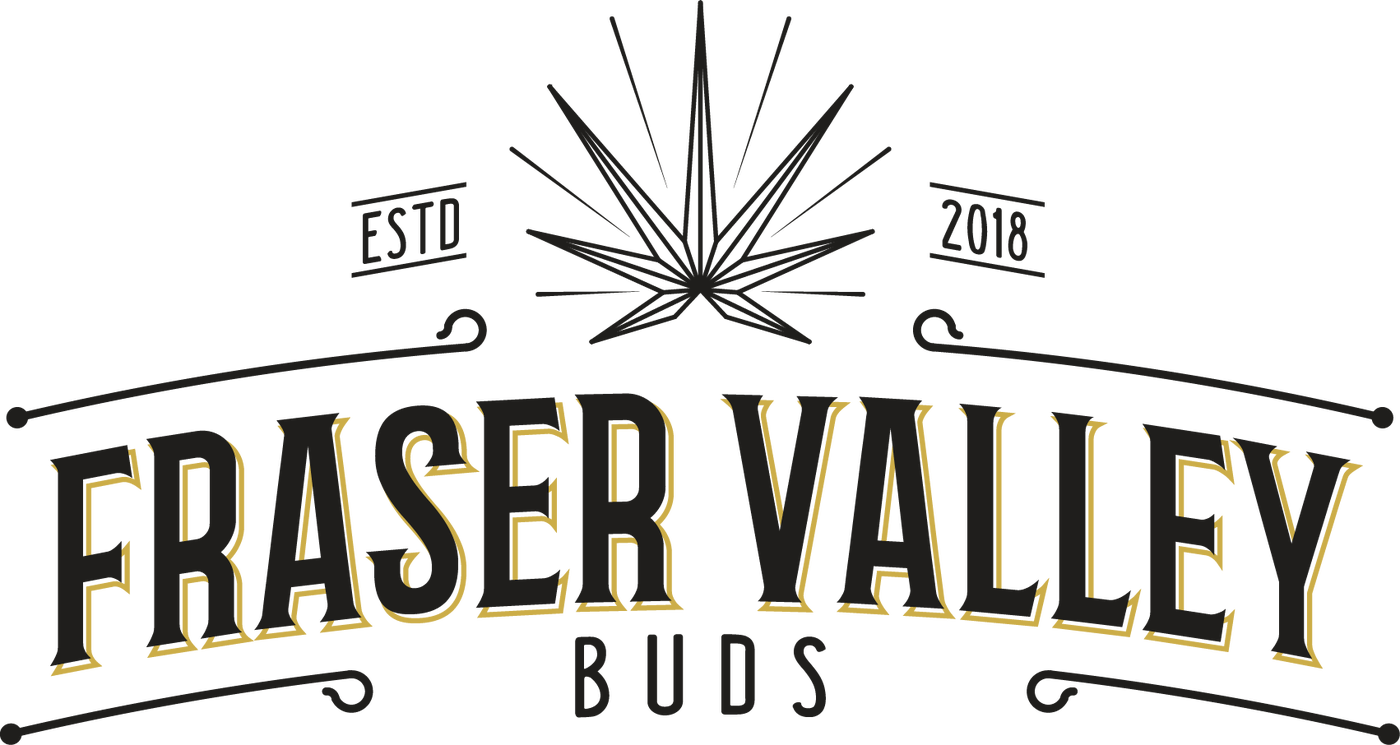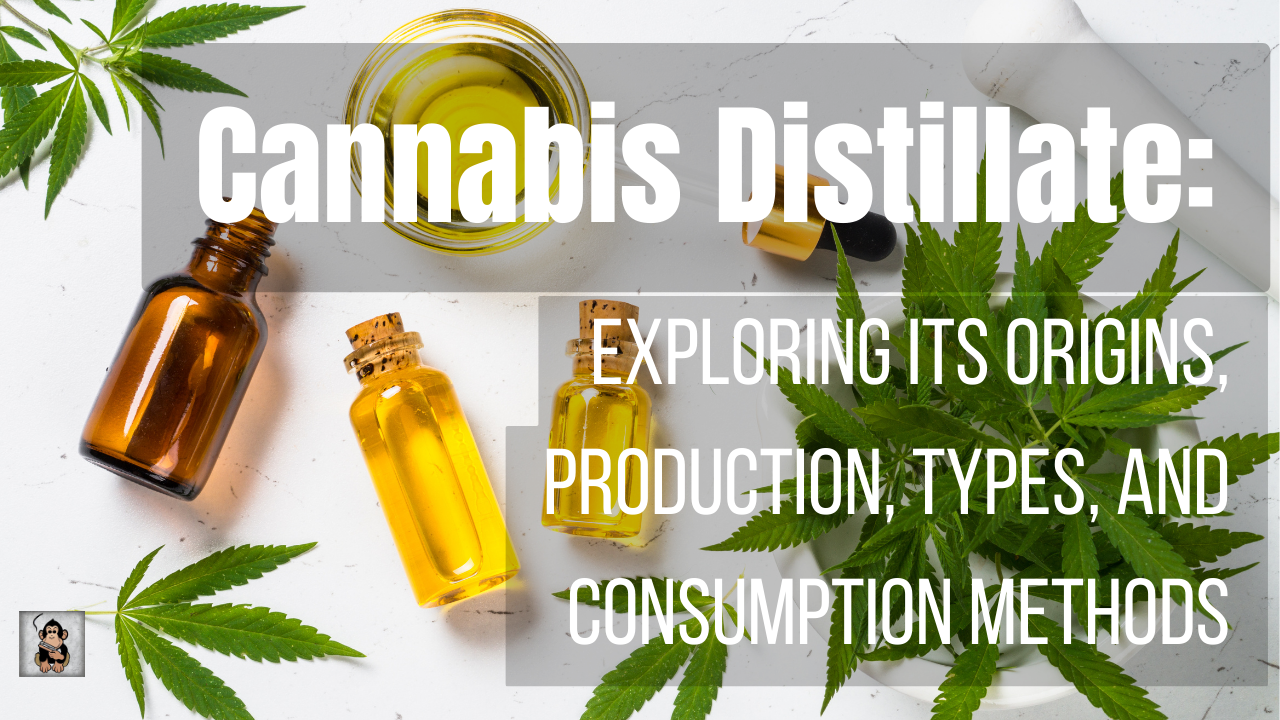Articles
Cannabis Distillate: Exploring Its Origins, Production, Types, and Consumption Methods
Welcome to our comprehensive guide on cannabis distillate! As the world of cannabis continues to evolve, new and innovative products emerge to cater to the growing demand. One such product that has gained popularity is cannabis distillate. In this article, we’ll delve into the origins of cannabis distillate, its composition, the production process, different types available, and the various consumption methods associated with it.
Section 1: Origins of Cannabis Distillate
Cannabis distillate first appeared in the early 2010s as a result of advancements in extraction technology. Its invention can be attributed to the pursuit of creating a highly potent and pure form of cannabis concentrate. Since then, it has gained traction in the market for its versatility and wide range of applications.
Section 2: What is Cannabis Distillate?
Cannabis distillate is a highly refined cannabis concentrate that offers a potent and purified form of cannabinoids. It is produced through a process called distillation, which separates and refines the desirable compounds found in the cannabis plant. Distillation removes impurities, such as plant matter, chlorophyll, and other contaminants, resulting in a product that is almost pure cannabinoids.
Section 3: Production of Cannabis Distillate
The production process of cannabis distillate involves several steps:
- Extraction: The process begins with an initial extraction using a solvent, typically ethanol or CO2, to strip the cannabis plant material of its cannabinoids, terpenes, and other desired compounds. This results in a crude oil extract.
- Winterization: The crude oil extract is then subjected to a process called winterization, which involves mixing the extract with ethanol and freezing it. This step helps remove unwanted fats, waxes, and lipids, further purifying the oil.
- Distillation: The winterized oil is then distilled using a specialized distillation apparatus. Through the application of heat and vacuum pressure, the cannabinoids and terpenes are vaporized and collected. The vapor is then cooled and condensed, resulting in a highly purified distillate.
- Further Refinement: Additional refinement steps may be employed, such as fractional distillation or chromatography, to isolate specific cannabinoids or create custom formulations.
Section 4: Types of Cannabis Distillate
Cannabis distillate can be categorized into various types based on factors such as cannabinoid profile, terpene content, and intended use. Here are a few common types:
- THC Distillate: This type of distillate is predominantly composed of THC, the primary psychoactive compound in cannabis. It offers a potent experience and is often used for recreational purposes.
- CBD Distillate: CBD distillate contains elevated levels of cannabidiol (CBD), a non-psychoactive compound known for its potential therapeutic properties. It is commonly used for its calming and soothing effects.
- Full-Spectrum Distillate: Full-spectrum distillate contains a wide range of cannabinoids and terpenes, including THC, CBD, and other beneficial compounds found in the cannabis plant. It offers the potential benefits of the entourage effect, where the compounds work synergistically.
Section 5: Consumption Methods for Cannabis Distillate
Cannabis distillate can be consumed in various ways, including:
- Vaporization: Distillate can be used with vaporizers specifically designed for concentrates. These devices heat the distillate to a temperature that vaporizes the cannabinoids and terpenes, allowing for inhalation of the vapor. Vaporization offers a discreet and convenient method of consumption.
- Dabbing: Similar to cannabis shatter, distillate can be dabbed using a dab rig. A small amount of distillate is placed on a heated nail or banger, which instantly vaporizes the concentrate. The resulting vapor is inhaled through the rig, providing quick and potent effects.
- Oral Consumption: Cannabis distillate can be consumed orally by adding it to food or beverages. Since it is already decarboxylated during the distillation process, it can be directly ingested and metabolized by the body. However, it’s important to note that distillate is highly potent, so it’s recommended to start with a small dose.
- Topical Application: Some distillates are formulated for topical use. They can be applied directly to the skin to potentially provide localized relief for pain, inflammation, or skin conditions.
- Sublingual Administration: Distillate can be placed under the tongue for sublingual absorption. This method allows for fast absorption into the bloodstream, bypassing the digestive system. It’s a discreet and efficient way to consume distillate.
Cannabis distillate has emerged as a popular cannabis concentrate known for its high potency and purity. Since its invention, it has captured the attention of cannabis enthusiasts and consumers seeking potent and versatile products. Through a meticulous distillation process, distillate offers a refined and concentrated form of cannabinoids, with different types available to cater to various preferences and needs.
Whether you choose to vaporize, dab, consume orally, apply topically, or administer sublingually, cannabis distillate provides a range of consumption methods to suit individual preferences. Remember to start with a low dose due to its potency and to adhere to local laws and regulations regarding cannabis use.
We hope this guide has provided you with valuable insights into the world of cannabis distillate. As the cannabis industry continues to evolve, distillate remains a remarkable option for those seeking a potent and purified cannabis experience.

